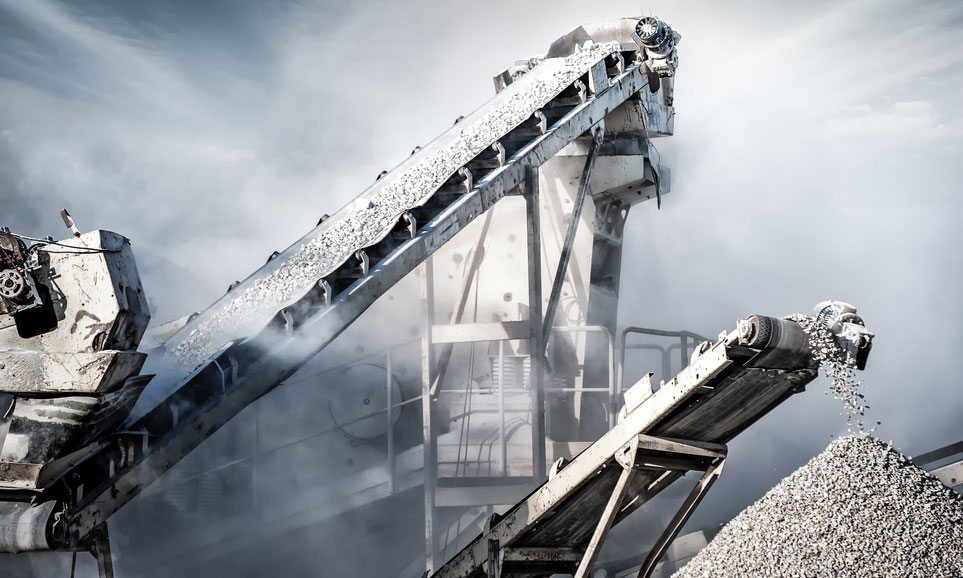At a pre-conference webinar for the World Cement Association (WCA), an all-CEO panel argued that cement producers in the Middle East and North Africa (Mena) can halve carbon emissions with zero or low capital expenditure.
The Mena region is responsible for approximately 7% of total global CO2 emissions, and also currently produces around 7% of the world’s cement. In fact, it is the largest-producing region outside of China and India, underlining the importance of WCA’s annual conference in calling attention to the region’s urgent need to embark on the net zero journey.
The webinar brought together 30 CEOs representing cement-producing companies from Iraq, UAE, Saudi Arabia, Egypt and Turkey (among others), ahead of the WCA’s annual conference – set to be held in Dubai. The theme of the conference is: ‘Navigating the Climate Challenge: Reducing Carbon and Reducing Costs’.
The CEO forum also took the view that there is an opportunity now for being proactive, shaping the industry roadmap rather than waiting for government regulations to be imposed.
Notwithstanding, the panel also explained how the region’s main challenges are due to variable limestone quality in some countries and the limited availability of supplementary cementitious material. Yet it is still the case that new, innovative technologies can help overcome a number of these limitations – and projects such as waste heat reduction now have highly attractive returns.
Meanwhile, the WCA have partnered with A3 & Co, a cement business consulting firm, to promote decarbonisation as a strategy, with a major emphasis on cost reduction and the competitive edge that decarbonisation will bring to the Mena cement sector.
As COP27 and COP28 are being held in Egypt and the UAE respectively, the world’s attention will be on the region, particularly as Mena has been on average slower to make climate pledges and decarbonisation investments. This poses a unique opportunity to showcase the potential of the Mena cement sector by kickstarting investments in energy efficiency and lowering emissions – potentially with minimal investment required.



